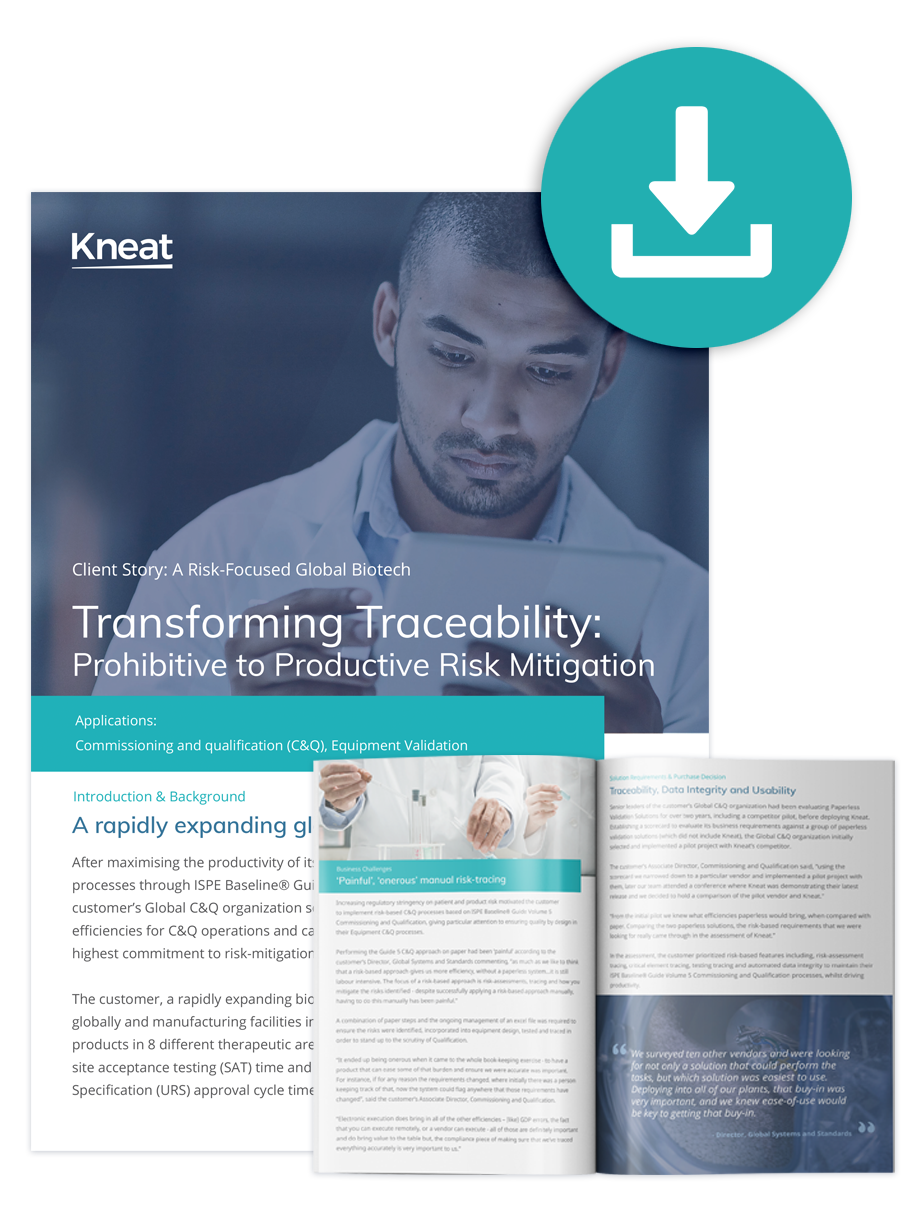The Difference Between a FAT and a SAT
It’s a question commonly asked in the validation arena, what is the difference between a FAT and a SAT. This article will finally explain what the difference is and why each one is required.
Any project that involves equipment being developed from a third party should have a FAT and SAT incorporated into the system lifecycle. If both the FAT and SAT are performed correctly it will lead to a much easier IQ/OQ process.

What Is a FAT?
A FAT or Factory Acceptance Test is usually performed at the vendor prior to shipping to a client. The vendor tests the system in accordance with the client’s approved test plans and specifications to show that the system is at a point to be installed and tested on site.
It’s an essential aspect of the whole system lifecycle and should be performed by experienced personnel. Time spent doing a proper FAT will lead to fewer problems when the equipment is installed on your site.
ISPE verdict:
The partial commissioning and qualification of equipment and/or systems prior to their shipment from the fabricator’s site.
Publication Source: ISPE Biopharmaceutical Manufacturing Facilities Baseline® Guide
GAMP verdict:
Factory Acceptance Test (FAT): (IEEE) An Acceptance Test in the Supplier’s factory, usually involving the Customer.
Publication Source: GAMP 4, Good Automated Manufacturing Practice Guide for Validation of Automated Systems.
On acceptance of a FAT some items to look out for include:
- Performed FAT protocol
- Maintenance and user’s manual
- Recommended spare parts list
- Certificate of compliance
- As built technical drawings (electrical, mechanical, pneumatic, and process schemes)
- Materials certificates/data sheets
- Main equipment’s data sheets
- Instruments calibration certificates
- Welding processes qualification
What is a SAT?
A SAT is a Site Acceptance Test the system is tested in accordance to client approved test plans and specifications to show the system is installed properly and interfaces with other systems and peripherals in its working environment.
ISPE verdict:
Inspection and/or dynamic testing of the systems or major system components to support the qualification of an equipment system conducted and documented at the manufacturing site.
Publication Source: ISPE Commissioning and Qualification Baseline® Guide (March 2001)
Below is a list of some items that should be considered when performing a SAT:
- Finishing visual check
- Main components visual check
- Internal box pressure and ventilation setting
- Utilities functionality and setting check
- Functionality/Interlocks Verification (Mechanical & Software)
- Safety devices and interlocks check
- Operator’s training
Final Thoughts
Understanding the difference between Factory Acceptance Testing (FAT) and Site Acceptance Testing (SAT) is pivotal for industries reliant on sophisticated equipment and systems. While FAT serves as a comprehensive evaluation at the manufacturing site, SAT is the final litmus test for equipment in its intended environment.
This distinction is crucial in ensuring seamless integration and optimal functionality. Companies that prioritize both FAT and SAT not only adhere to industry standards but also fortify their commitment to delivering reliable solutions.
Navigating through these testing phases with precision guarantees that equipment not only meets specifications but surpasses expectations in the practical settings where it will operate. A comprehensive understanding of FAT and SAT empowers industries to streamline processes, enhance efficiency, and uphold the highest standards of quality and performance.
Kneat Gx Case Study: A Risk-Focused Global Biotech

A rapidly expanding global biotechnology company sought a paperless validation system to deliver greater efficiencies for Commissioning & Qualification operations and capital expenditure projects, whilst maintaining the highest commitment to risk mitigation.
By deploying Kneat Gx for C&Q and Equipment Validation, the customer transformed traceability, achieving an 88% reduction in User Requirements Specification (URS) approval cycle time and a 53% reduction in Site Acceptance Testing (SAT) time.
Download the full Case Study, Transforming Traceability: From Prohibitive to Productive Risk Mitigation, to learn more about how Kneat can make your validation easier, faster, and smarter.
Contact
Talk to us
Find out how Kneat can make your validation easier, faster, and smarter.
Start your paperless validation revolution by speaking to our experts.